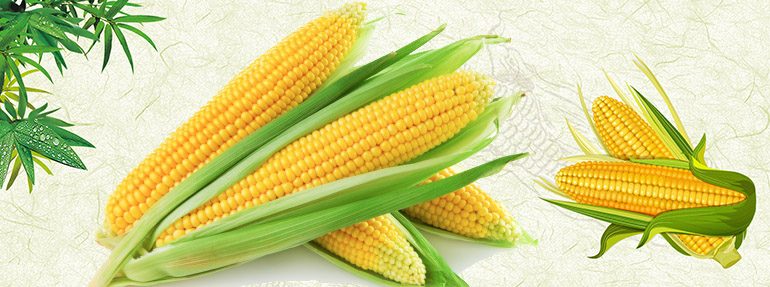Around the globe, known as the ‘Queen of Cereals’, maize is one of the most important cereal crops. In India, it ranks third as the most important food grain after rice and wheat.
India ranks 4th and 7th in terms of global maize acreage and production, contributing to about 4.6% and 2.4% respectively. It is the fastest growing cereal crop in terms of area, production as well as productivity. Over the last few decades, maize cultivation has shifted from being grown only during the kharif in traditional areas (such as Rajasthan, Uttar Pradesh, and Bihar), primarily to be used as food, to being grown across non-traditional areas (such as Andhra Pradesh, Madhya Pradesh, and Karnataka), across seasons and majorly produced for industrial use. However, the production system continues to be largely rain-fed.
It is critical to note that the domestic demand for maize is growing at a much faster rate than the production. Over the last decade, while consumption of maize grew at a CAGR of 5.6%, production grew at just 2.9%. The fact that maize provides the right opportunity for crop diversification and increasing farmer income (specially for small and marginal farmer in rainfed areas), there is an imminent need to identify and address key barriers hindering growth of the Indian maize ecosystem. Multiple challenges across the value chain are impacting farm prices on one hand, while constraining the availability of good quality produce to the consumer at reasonable price on the other. This warrants a collaborative public-private action to be taken up for bridging the inevitable demand-supply gap that is expected to challenge the maize ecosystem soon.
The FICCI-Yes Bank Report, ‘Boosting Growth of India’s Maize Ecosystem’, attempts to identify the critical pain points faced by stakeholders across the maize supply chain and suggest specific action steps. These steps, if implemented, can significantly boost growth of the maize sector. It is our strong belief that this report will be a useful reference point for co-creating a meaningful roadmap and pathway that can boost growth, development, and prosperity of all stakeholders across the maize ecosystem.
To overcome the challenges and for the holistic growth and development of the maize sector the report identifies eleven key action points that need to be implemented on a mission mode.
These include development and implementation of a clear strategic roadmap for acreage expansion and crop diversification; driving productivity improvement and good agricultural practices; Investing heavily on post-harvest quality improvement and management; developing and building capacity of maize cluster-based farmer collectives; empowering farmers with strengthened price discovery and price risk mitigation mechanisms; promoting investment in maize focused bulk storage and logistics infrastructure; providing maize supply security to Industry; Incentivizing private sector investment across the value chain; leveraging agritech start-up innovations to transform the supply chain; exploring the untapped export potential; creating a multi-stakeholder maize development agency to drive sustainable development of the sector.
The author is Chairman, FICCI National Agriculture Committee & Group President, TAFE Ltd





